By Alex Kava
The reading experience is a very personal one. As authors, we transport readers to a different place and introduce them to strangers we hope they care about. And, if we’re lucky, we capture their attention and imaginations for 300-400 pages. But what about afterwards?
We authors tend to move on to the next project soon after the launch. But books don’t expire. Our characters live on. New readers continue to discover them whether it’s six months or six years later. Some of them would like to know more about us. They’d like to talk to us. If we want to sustain a long-term career, we’ll want to talk to them, too.
Here are some ideas how to connect with readers and stay in touch.
1. Digital and In-person Events
The pandemic proved that readers still want to meet authors even if it’s virtual. Zoom, Facebook, Instagram, YouTube are only a few of the ways to chat with your readers. But it appears these haven’t replaced in-person events. I was back on the road this spring, and it surprised me how many readers still enjoy coming to meet authors face-to-face.

Take advantage of opportunities whether at bookstores, book clubs, or book festivals. And don’t forget libraries. Librarians are some of the most innovative community planners I’ve ever met. Offer to do a reading or presentation. Connect with them even if it’s just a postcard with information about your books. They make recommendations daily to their patrons.
2. Talk to your readers on a regular basis.

Choose a method. The most effective tool that has stood the test of time is a newsletter whether it’s quarterly, monthly, or weekly. Your list of emails should be readers who choose to be included and want to hear from you.
A good way to build that list is to invite readers to subscribe as soon as they finish reading one of your books. Make sure that information is in the back matter of your book, no matter what format.
Of course, a newsletter is not the only method. Maybe you prefer social media. Where do your readers hang out? Choose one or two. Create a separate account as an author from your personal account.
3. Be polite. Be personable. But also be professional.
Whenever you’re talking with your readers remember this is a reflection of your reputation. Decide what you’re willing to share and what’s off limits. You’re gathering a group of readers who love your books. You’re NOT creating a place to get or give advice, to gossip or rant about politics.
Readers enjoy getting to know authors, but you should try to include mostly the good and leave the controversial issues to discuss with your close friends and family. Most readers don’t want the curtain pulled back entirely. They still want to believe you are a wizard who creates magic.
4. Don’t continuously try to sell your book.
Think of these interactions as building a long-term relationship. You want readers to look forward to what you have to share.
Whether you’re doing a newsletter or social media posts, I suggest the old marketing adage of 80/20. Provide 80% content (interesting and fun stuff) and 20% advertising (call-to-action and selling).
5. Share and post interesting stuff.

These are people who want to know more about you, or they wouldn’t have signed up for your newsletter or follow you on social media. Talk to them about your characters. Share a photo of your favorite place to write. Is that at a café, on the porch, or in a recliner?
How about research tidbits? My series includes a K9 handler and scent-trained dogs, so I talk about real-life K9s finding drugs hidden in peanut butter jars or rescuing a dementia patient who wandered away from home.
What other things do you enjoy? Chocolate? True Crime podcasts? Rock climbing? Do you garden? Love to cook or kayak? I just adopted a rescue puppy, and my readers love seeing photos of her. By the way, photos of your pets are always a win. But remember, they also love sharing photos of theirs. So engage them. Ask them to share, too.

6. Be generous.

Find ways to reward your readers. For each new release, I gift a different limited edition bookmark for everyone who buys a hardcover directly from my website. They also get the book signed and personalized.
In every newsletter, readers can enter to win that month’s giveaway. Usually it’s a book (not always mine). Sometimes it’s a tote bag or one of my favorite things.
And while your readers are waiting for your next book, recommend other authors. Be sure the books are ones you enjoy, and you know your readers will enjoy. This is about building trust with your readers and not just doing an author friend a favor.
7. Last, make readers feel a part of your process.
Share quotes or a line or two from your work in progress. Let them be the first to see your cover reveal. Tell them a piece of research you learned. Go ahead and ask them to recommend your books.
And this is the most important part…always, always thank them.
How do you connect with readers or your favorite authors? Share with us in the comments!

Alex Kava is the New York Times, USA Today and Amazon bestselling author of twenty-one novels that include the critically acclaimed series featuring K9 handler Ryder Creed and the international bestselling series with FBI profiler Maggie O’Dell. She’s been awarded two Nebraska Book Awards, a Florida Book Award and the Mari Sandoz Award. Published in thirty-two countries, her novels have sold over six million copies and have appeared on bestseller lists in the UK, Australia, Germany, Poland, Italy, and Japan. When she’s not writing, Alex enjoys spending time with her pack of Westies who are definitely not as well trained as Ryder Creed’s dogs.
Alex’s list was quite comprehensive, but if you’d like to read further on this topic, see what our other Rogues suggest in the articles below!







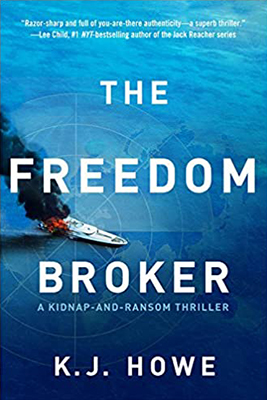










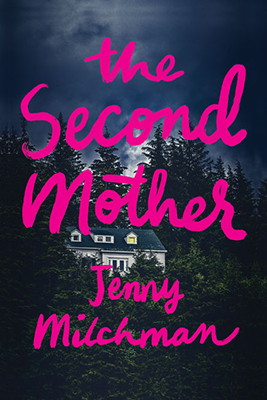
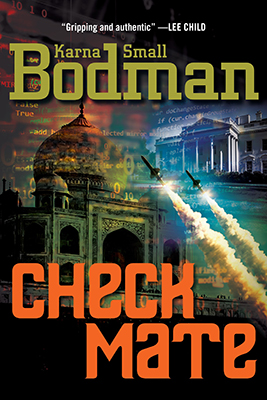






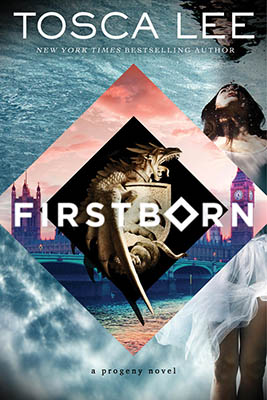












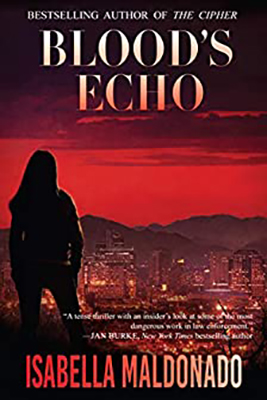







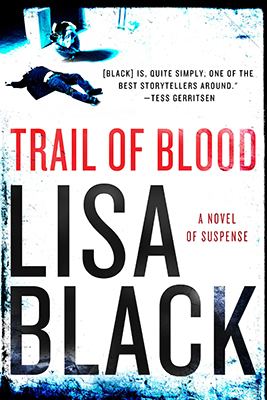
Great suggestions for authors, Alex!! I have tried most all of them, and I have one more, admittedly “labor intensive” effort that has really worked to spread the word for my books. I order 500 or so color postcards online (they’re not expensive from PrintRunner or some such) with the cover art on one side, and a short description or blurb on the other along with where it’is available (my website, Amazon, etc.). I mail them with a “personal” note to my Christmas card list and other contacts. Many friends tell me that they save the card and take it to a bookstore or order it online. Just a thought for future reference.
This is such great advice! I do all of it to one degree or another, but probably not enough of any!